Well, it took me about 4 1/2 hours, but I was able to cut the 6/3 cable going into the Main Circuit Breaker and use the split ends as “input” and “output” wires for the EMS. The time-consuming part was trimming 3/8″ of shielding off of 6, 6 gauge wires; then getting the wires to fit into their respective holes wasn’t far behind. I had to pull the 3 input wires (red, white, & black) out because I couldn’t route the ground wire from atop of the wires. I had to pull them out and put the ground wire underneath them for it to reach the ground post on the side of the EMS.
I decided to go the easy route and install the remote right there at the base of the bed. It was an easy install and works fine.
After turning on the shore power and checking the EMS, the remote displayed 124 V on one leg, 125 V on the other and gave me an “EO” message (all OK). Once finished with that I pulled the battery cover off and was dismayed to see that my two new MK gel batteries were already (4 weeks) showing some sidewall bulging, which means that they are overcharging. I told the mechanics that I was reading too high coach battery voltage from the Audit, but they said the Audit normally reads 0.5 V higher than the charge voltage at the batteries.
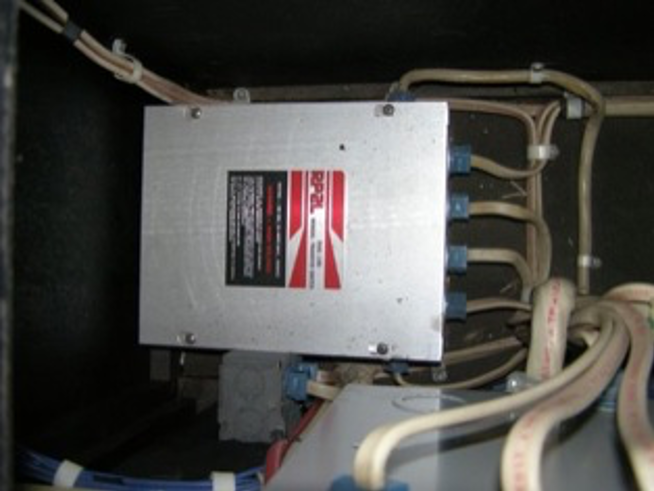
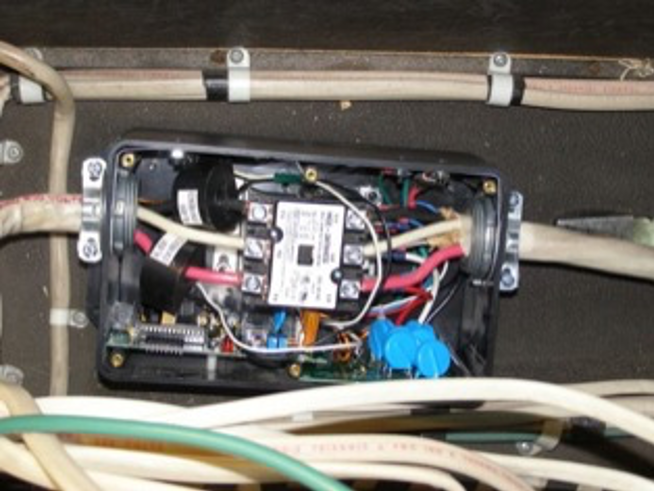
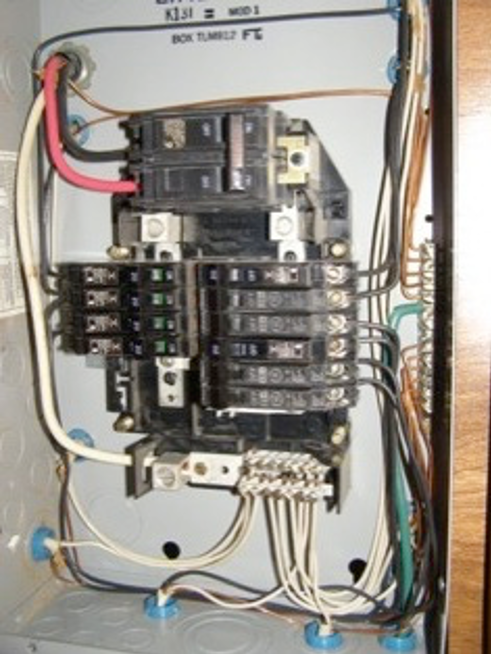
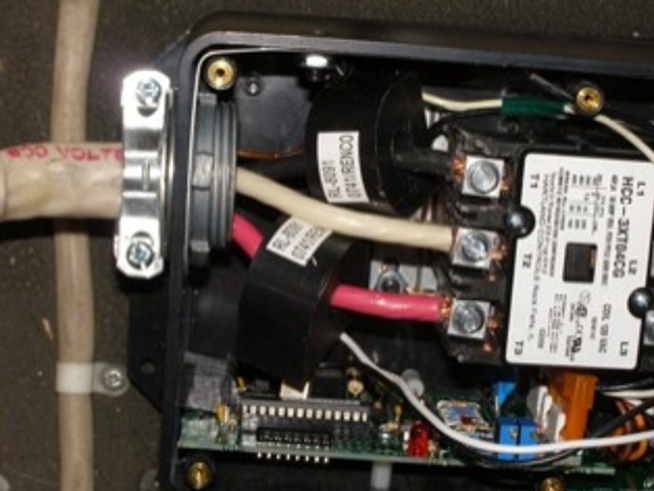
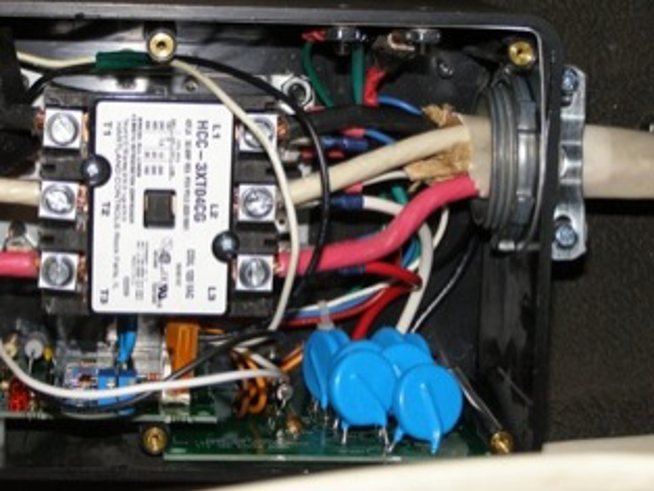
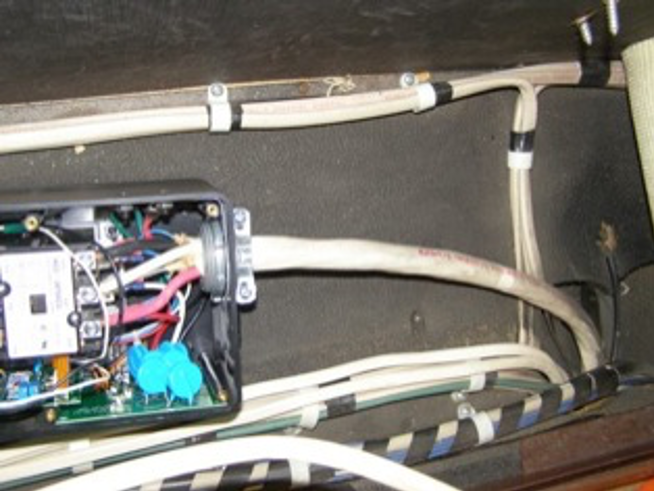
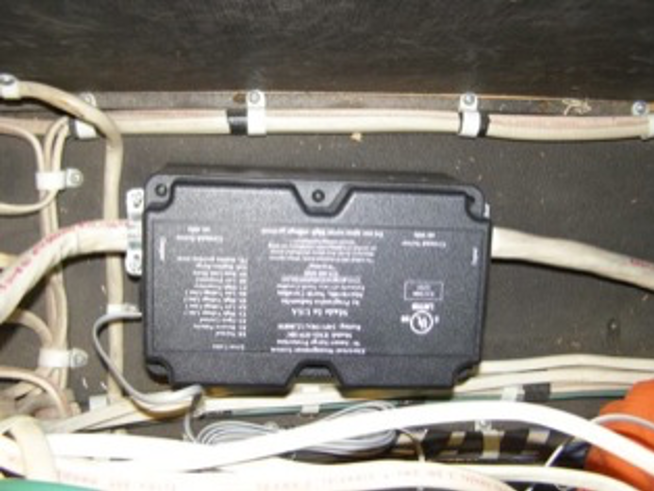
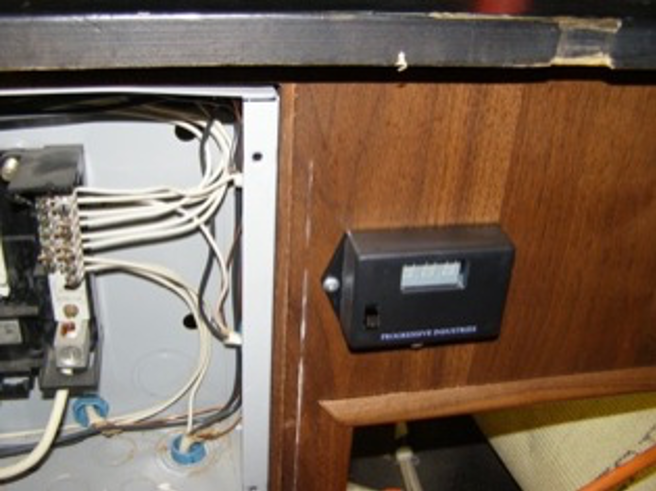
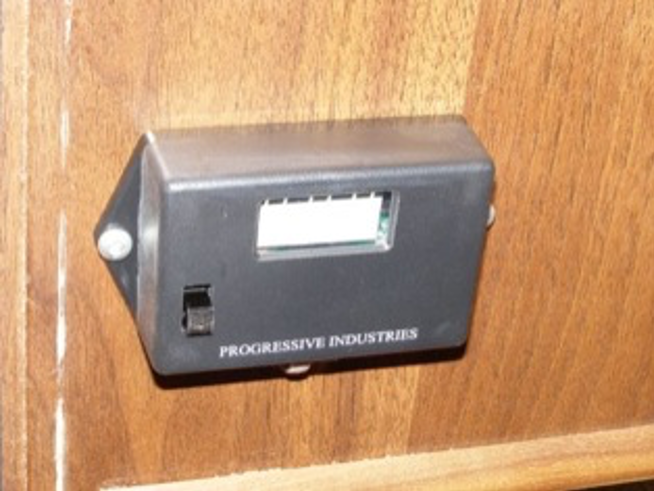

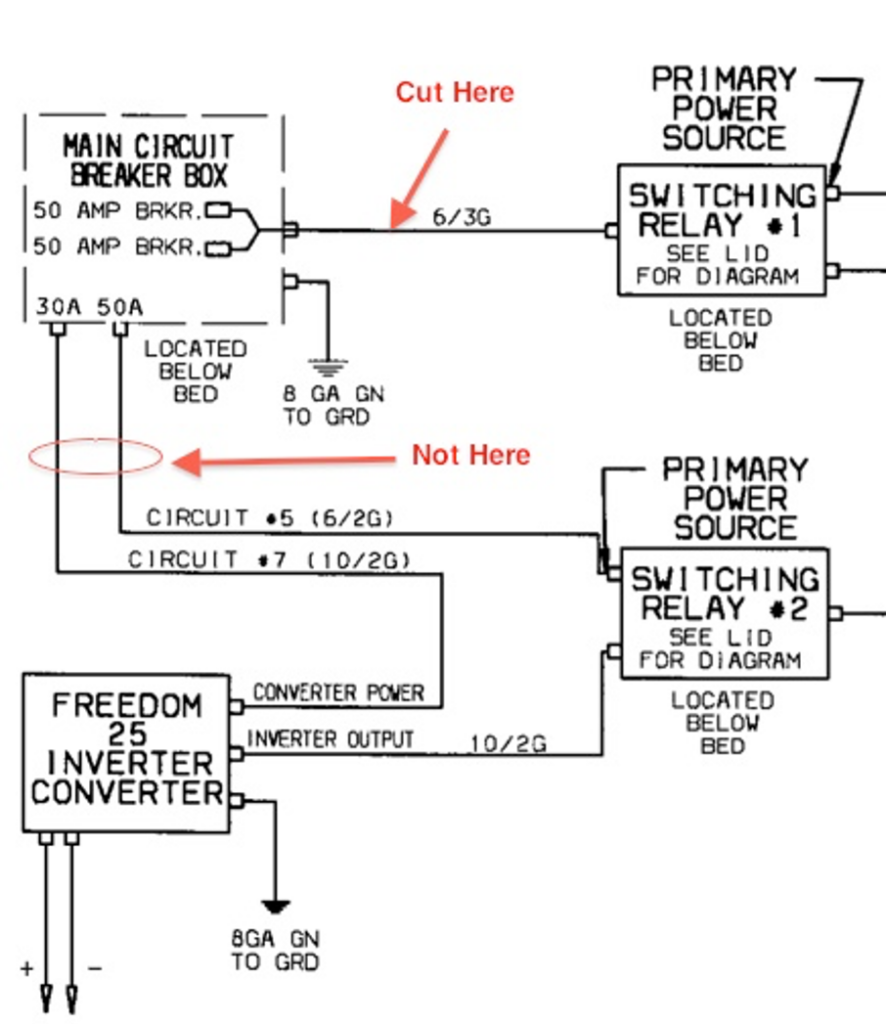
Barry Beam 2003 U320 40′
Several months ago there was a Forum discussion about the pros and cons of wiring Progressive Industries over/under voltage EMS protection before and after the transfer switch. It seems that each side has advantages and disadvantages.
Seven years ago, we installed an EMS after our transfer switch and it has worked just fine, and recently protected our coach from a faulty generator voltage regulator. During the Forum discussion it was pointed out that a faulty campground connection could take out a transfer switch which could allow faulty current to flow backward and damage our generator.
So we decided to install a second Progressive Industries EMS before our transfer switch and now we are protected on both fronts. We followed Dave Metzger’s lead and used SO #6 cable with 18-10 crimp sleeves to contain the fine strands of copper in relay connectors.
Our kitchen battery monitor corner now has two EMS meters, one we call primary and one called secondary. by Barry and Cindy 1997 U270 36′